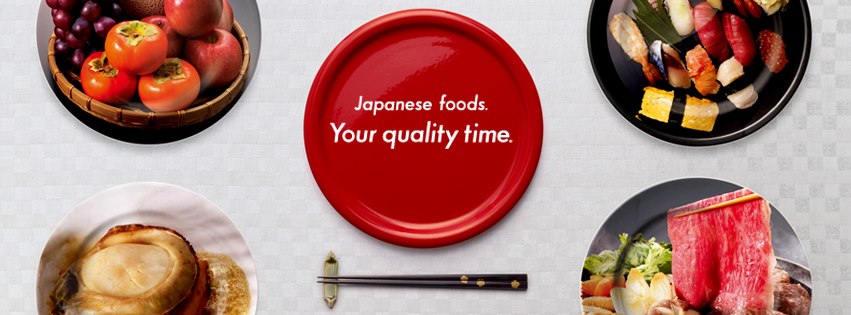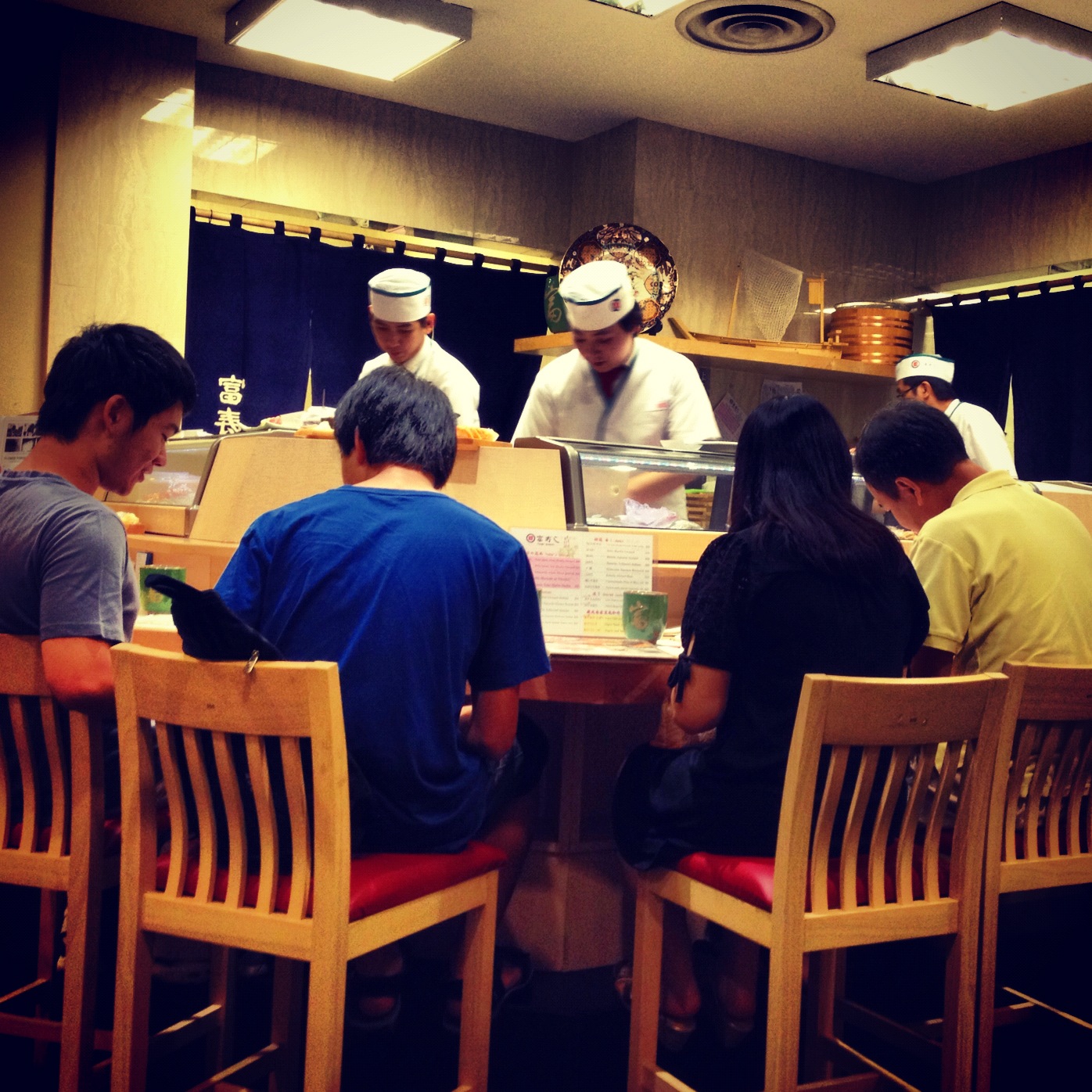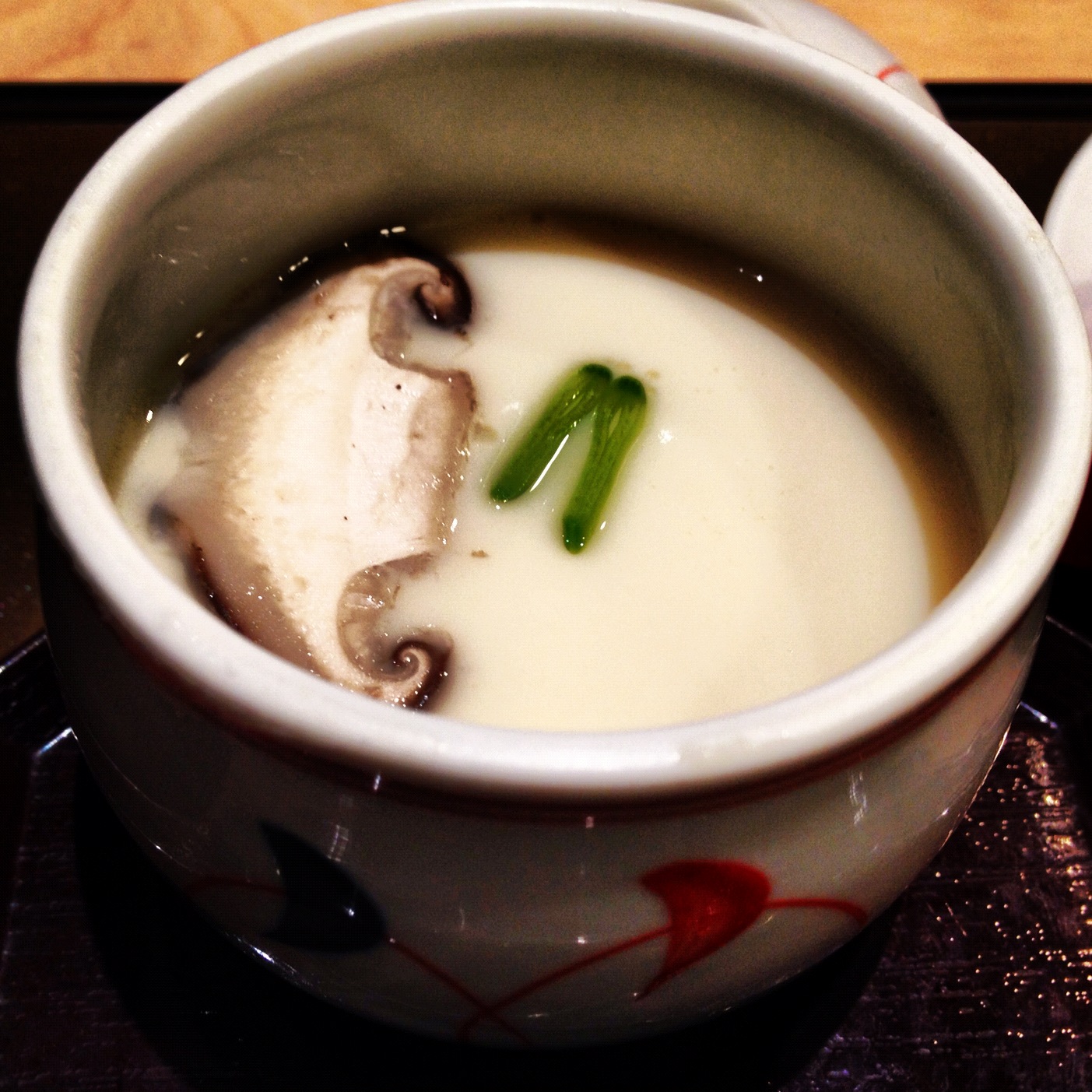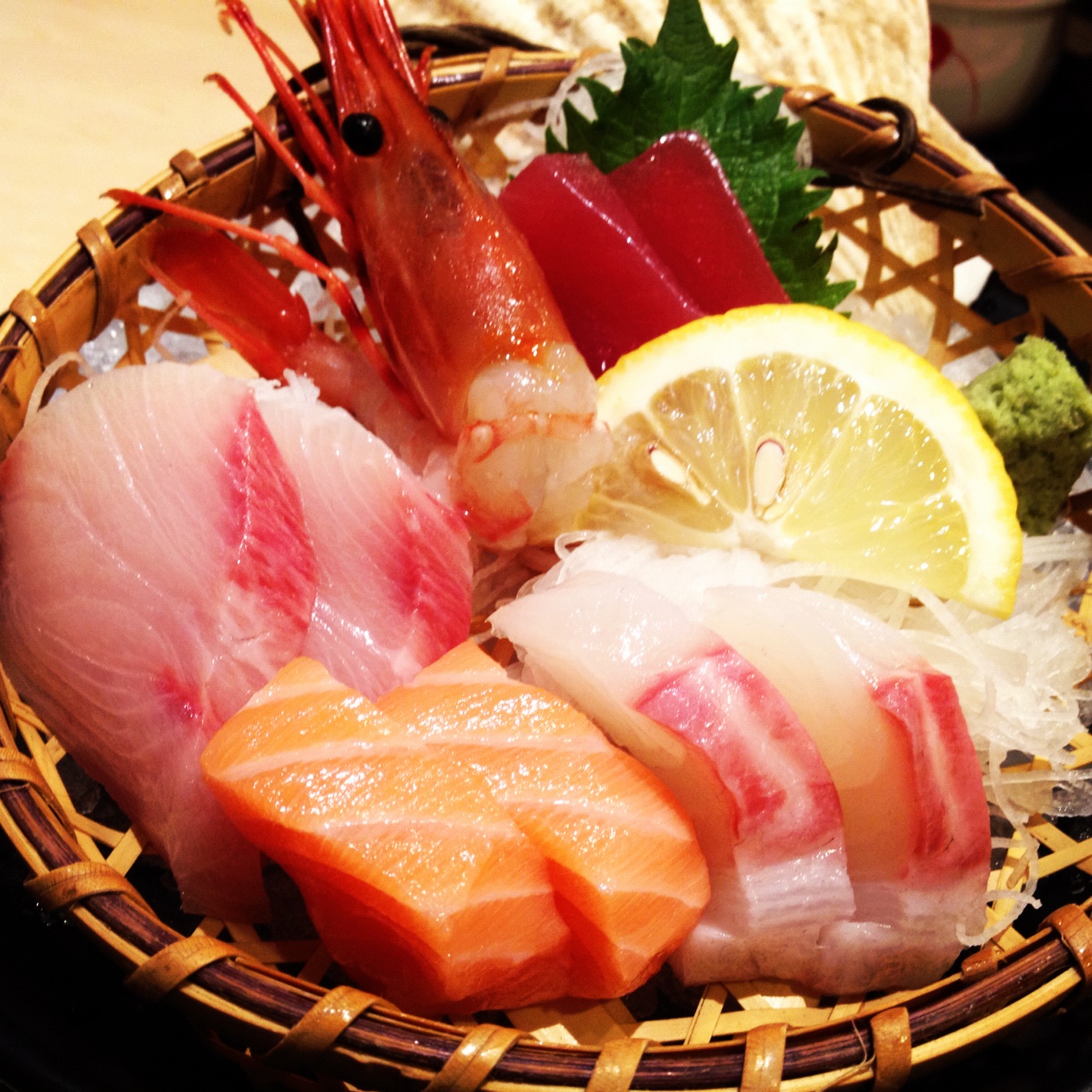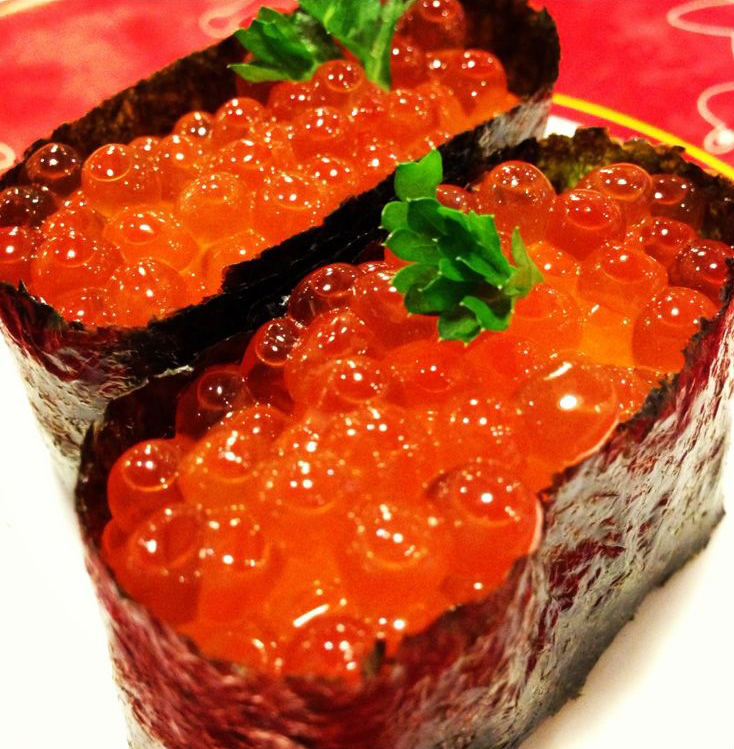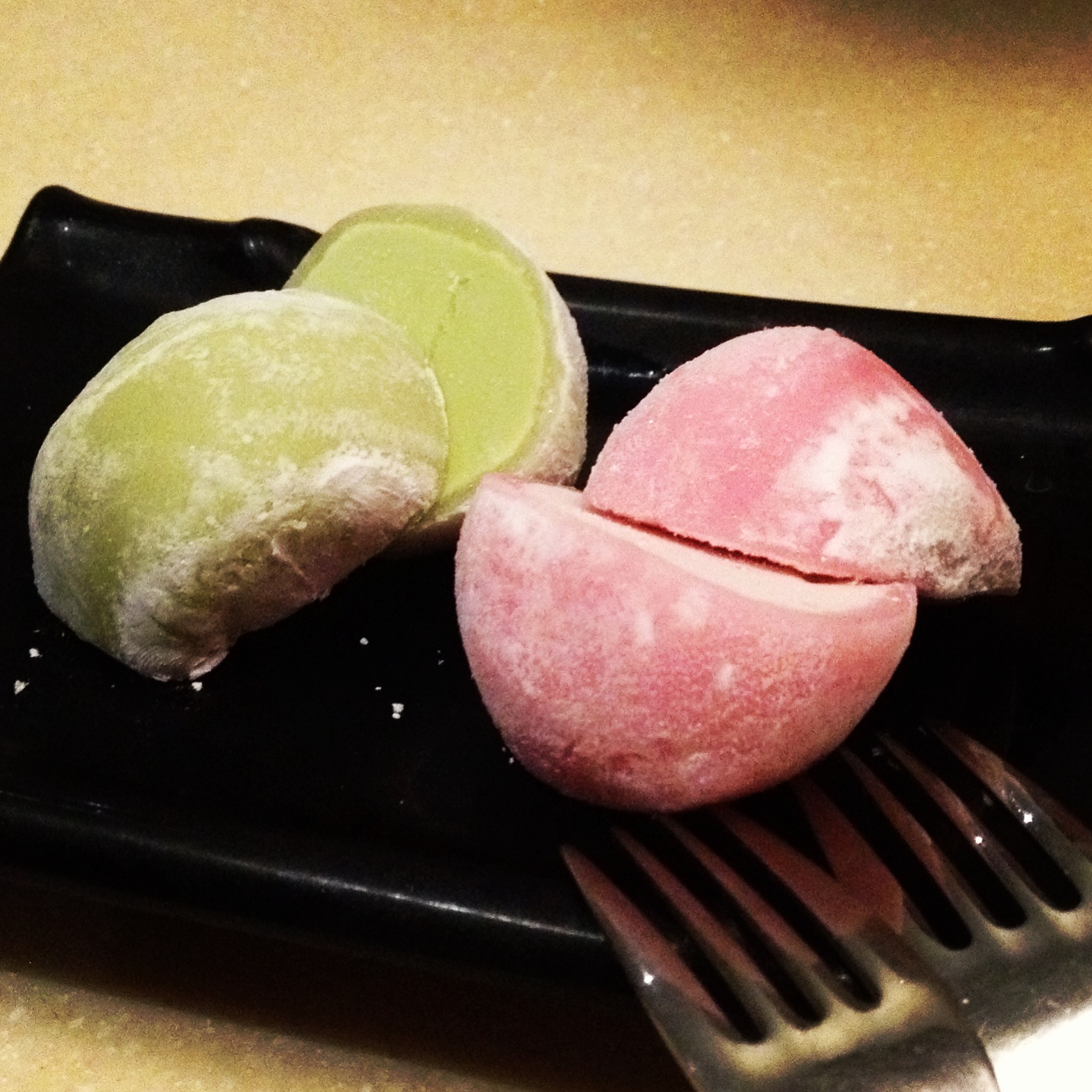The Japanese cuisine we know of today was developed over the past 2,000 years with influences from both China, Korea, India (think curry) and more recently the west. An invitation from Japanese Food – Your Quality Time Community Page to be their guest blogger from Singapore got me to embark on a mini quest to find out more about the daily Japanese cuisine that we have so often taken for granted.
I started my culinary journey at a Sushi Bar where I experienced the true charm of Japanese dining. Besides getting to see the wide range of seafood that’s freshly flown over from many different parts of Japan, you also get to watch the chefs in action as they prepare your meal. Furthermore some chefs are really good at small talk; you will be surprised at some of the interesting conversations that can be sparked off as you interact with them from the bar.
Get your taste buds going with Chawanmushi, an egg custard dish which literally means Tea Cup Steam. It consists of an egg concoction with soy sauce, dashi, mirin and hidden treasures such as shiitake mushrooms, kamaboko, lily root and boiled shrimp. The mixture is steamed to perfection in a tea-cup-like container. Although chawanmushi can be eaten either hot or chilled, they are commonly served warmed around the island. Do share if you chance upon the cold version in Singapore, I would love to give it a try!
Sashimi is definitely a must order if you are seat right by the bar. Freshly caught seafood is served raw for diners to fully appreciate the unadulterated taste of rich sea bounty. Many Japanese people feel that sashimi should be eaten before other strong flavours affect the palate hence they are often served as the first course in formal Japanese dining. However, it is flexible enough to also be the main course accompanied by rice and miso soup. Sashimi is normally served with soy sauce and wasabi paste or condiments such as grated fresh ginger.
Sushi has traditionally been served on exquisite wood or lacquer plates on the sunny island of Singapore. A decade ago, local Japanese restaurants started to serve kaiten zushi or sushi train style. Colour coded plates of sushi are placed on a conveyor belt that went around customers’ seats for them to choose as they please. Sushi served came in a wide range of variety in terms of fillings, toppings, condiments and preparation. The single common ingredient for all sushi is the vinegared rice. Here is a lovely raw Salmon Roe Sushi dedicated to all fans of Japanese foods.
All great meals should end with a sweet ending and Mochi is Japanese answer to that. These glutinous rice cakes are often moulded into cute little round balls stuffed with fillings such as sweetened red bean paste, white bean paste and gradually new flavours such as Green Tea and Strawberry. The quantum leap on the evolution of mochi came when ice cream fillings was introduced. Instead of being served warm or at room temperature, these chilled post meal delights got many Singaporeans hooked. So what’s your favourite mochi ice cream flavour?
This marks the end of my first of the 3 part guide series to popular Japanese Cuisine. Click the links below for the other 2 Parts:
Your Quick Guide To Popular Japanese Cuisine Part 2
Your Quick Guide To Popular Japanese Cuisine Part 3
You may also like to check out my posts on other delicious food places here.

